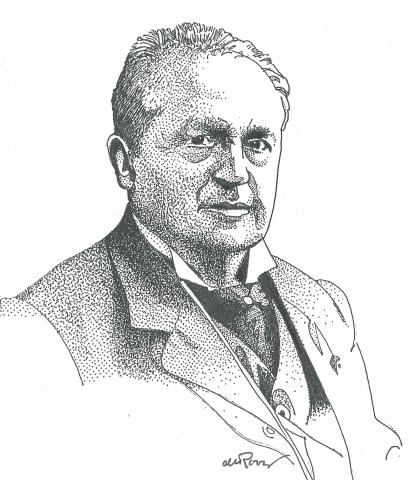A revised and updated version of
Abraham Kuyper: An Annotated Bibliography 1857-2010 by Tjitze Kuipers (2011)
You can buy a printed edition of this book on the site of the publisher.
1892
The language and the spelling of the 1662 edition have been reprinted without change. Kuyper added notes here and there to explain or clarify terms. The edition was published in installments. For the introduction see 1891.08. The epilogue offers a few supplementary facts about the publication of Voetius’ individual lists of catechetical questions and makes reference to Voetius’ warning against using catechetical workbooks to teach biblical history (cf. 1883.09).
The publisher’s far-too-simple division of the book into two parts (the division between the two parts comes right in the middle of a chapter) caused Kuyper to remark that the publisher had acted as if he were cutting up cheese or peat.
The bound edition was made with two gray-green full cloth bindings with blind tooling on the front cover and the title printed in gold oblique. Kuyper expressed misgivings about the bindings in De Heraut, no. 742, March 13, 1892. He referred to the cloth bindings as “fantasy bindings, imitations of the bindings of light-hearted novels,” noting that the title had been printed askew, “as if it were a sort of Baedeker guide.” According to Kuyper, “the book demanded a binding that was serious in character, sober in style, with a classical appearance.” Shortly after he made these criticisms, the edition was offered in two volumes with leather bindings that were substantially identical to the leather binding of 1890.11.


